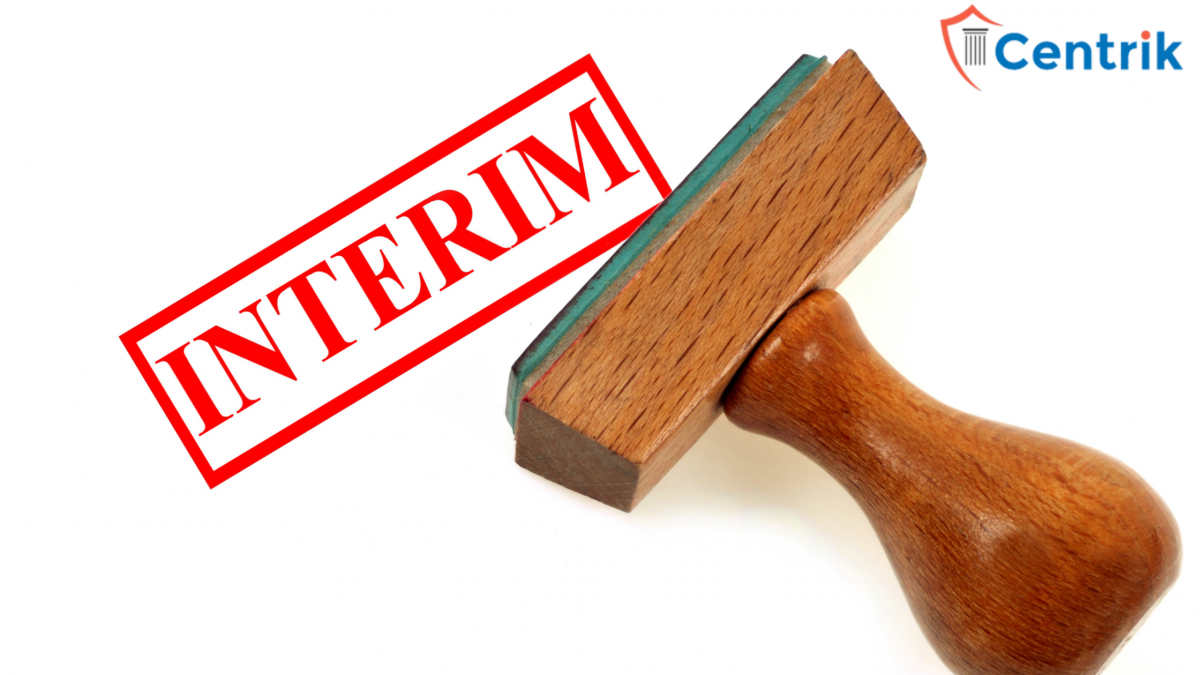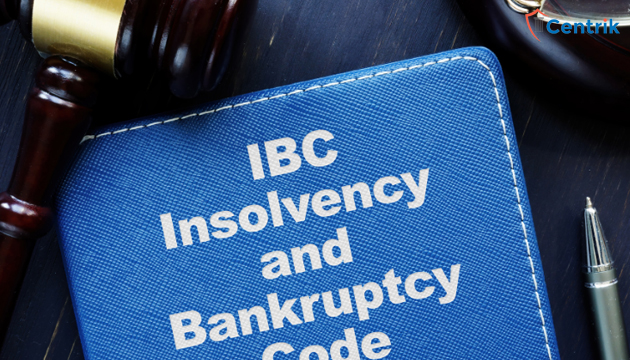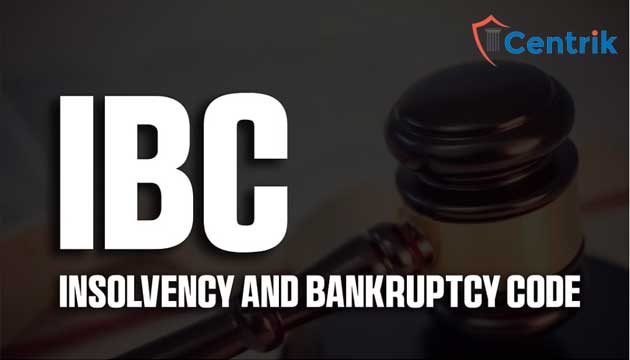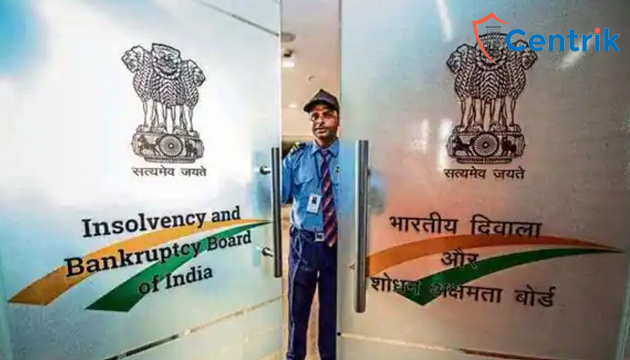
The IBBI and the adjudicating authority are set to play a major role towards the implementation of the new insolvency regime which undoubtedly acts as a catalyst of change and ensures ease of doing business in India.

The Insolvency and Bankruptcy Code (Amendment) bill 2017, describes the Financial Creditor and the Operational Creditor and the ambit of its applicability on creditor-debtor relationship.

The IBC has introduced new and distinct concepts of ‘Financial Creditor’ and ‘Operational Creditor’ as opposed to the Companies Act, 2013 which merely introduced the term ‘creditor’, without any classification thereof.
Indiaʹs new financial disaster law is getting most traction from an uncommon set of lenders, people with the least to benefit from pushing corporations into the insolvency process. Operational or unsecured creditors, who have dues that are not backed via any collateral, might be los angeles st in queue to be repaid once an insolvency … Continue reading “Why closing-in-queue creditors report maximum insolvency lawsuits in India”

whereas legislation like RERA provides for individual remedies against the Builder, the IBC Code gives collective control over the affairs and management of the Corporate Debtor to its financial creditors.

The IBC recognizes homebuyers under financial creditors to protect their rights even when a creditor, other than a homebuyer, invokes insolvency proceedings against the builder.

The NCLT Kolkata Bench imposed a mandatory condition on all the financial creditors to file information of their record of default with the National E-Governance Services Ltd. (NESL).

Real estate (regulation & development) act, 2016 (RERA) came as a sigh of relief for the homebuyers (Financial creditors), providing them with adequate relief unlike available conventional remedies under civil and consumer laws
Tags Amendment under IBC, Tags bankruptcy, category of the financial creditors, execution of RERA orders

President Ram Nath Kovind has given his nod to promulgate an ordinance amending the insolvency law, recognising homebuyers as financial creditors to real estate developers.

Interim Finance is defined under Section 5 (15) of the IBC, 2016 which means

The major challenges in the insolvency resolution of real estate companies arise from the peculiarities of this sector, especially since the divergent interests of the allottees of the real estate projects do not align with the scheme of the CIRP.

There is no specific threshold limit for the NCLT Delhi under the IBC 2016. The IBC provides that a financial creditor, operational creditor, or the corporate debtor itself can initiate the insolvency resolution process with the NCLT.

Main reasons for the delay is the spate of litigations by the promoters. Once the CIRP order is passed, the promoters get into the action with the sole objective of getting back the company at a cheaper price.

the advance copy of the Application for initiating CIRP under Section 7, Section 9, or Section 10 of IBC, 2016 needs to be served to the Insolvency & Bankruptcy Board of India.














 join For Updates
join For Updates